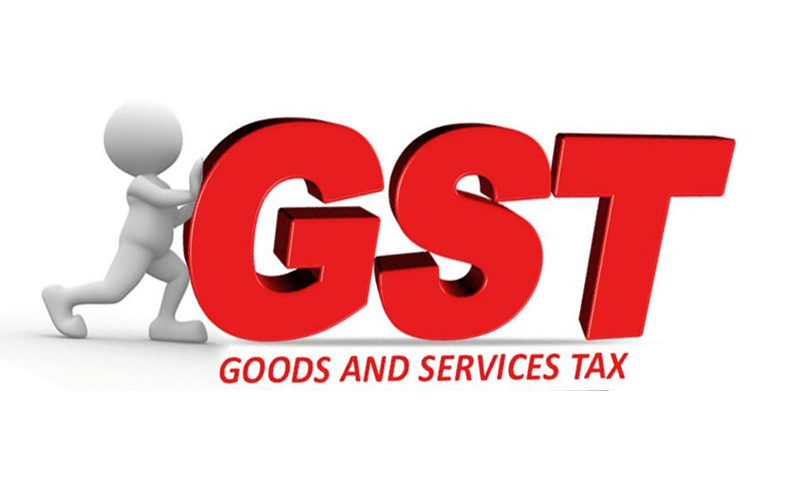Suzlon Energy has made a strategic move by appointing Sairam Prasad as the CEO of Suzlon Green Services Limited (SGSL). This leadership change not only reflects Suzlon’s commitment to staying at the forefront of the wind energy sector but also signifies a new chapter in the company’s growth story.
Sairam Prasad’s Background
Sairam Prasad brings a wealth of experience to his new role as SGSL CEO. With a proven track record in the renewable energy industry, Prasad has held key positions in various organizations, showcasing his leadership skills and strategic vision.
Suzlon Energy’s Decision
The decision to appoint Sairam Prasad as SGSL CEO is rooted in Suzlon’s broader corporate strategy. The company aims to leverage Prasad’s expertise to enhance its market position and drive innovation in the rapidly evolving renewable energy landscape.
SGSL CEO Role Responsibilities
As the CEO of SGSL, Sairam Prasad shoulders crucial responsibilities. These include steering the company towards sustainable practices, aligning with Suzlon’s overall goals, and ensuring efficient operations within the wind energy sector.
Industry Analysis
A comprehensive analysis of the wind energy sector sets the stage for understanding Suzlon’s positioning in the market. The global shift towards renewable energy sources underscores the importance of Suzlon’s role in driving clean and sustainable power.
Market Reaction
The announcement of Sairam Prasad’s appointment has triggered reactions in the financial markets. Investors and stakeholders closely monitor such leadership changes, and Suzlon’s stock performance becomes a key indicator of market sentiment.
Challenges and Opportunities
Leading SGSL comes with its own set of challenges and opportunities. Sairam Prasad’s leadership will be tested as he navigates potential obstacles while exploring avenues for growth and innovation.
Sairam Prasad’s Vision for SGSL
Understanding Prasad’s vision for SGSL provides insights into the future direction of the company. Plans and initiatives aimed at enhancing efficiency, embracing new technologies, and fostering a culture of innovation will shape SGSL’s trajectory.
Employee and Stakeholder Perspectives
Internal and external perspectives on the leadership change provide a holistic view of the impact. Employee morale, as well as stakeholder expectations, will play a crucial role in SGSL’s success under Sairam Prasad’s leadership.
Sairam Prasad’s Communication Style
Effective communication is vital in any leadership role. Sairam Prasad’s communication strategies, along with his commitment to transparency, will influence the trust and confidence placed in SGSL.
Quick Review:
- What led to Sairam Prasad’s appointment as SGSL CEO?
- The decision was based on his extensive experience and strategic vision in the renewable energy sector.
- How is the market reacting to this leadership change?
- Investors are closely monitoring Suzlon’s stock performance, reflecting market sentiment.
- What challenges does SGSL face under Sairam Prasad’s leadership?
- Potential obstacles include industry competition and the need for continuous innovation.




